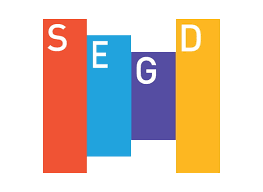ARCHIVE: Category Archive for: Digest
Stormwater Garden Signage and the Newest Boston Public Library
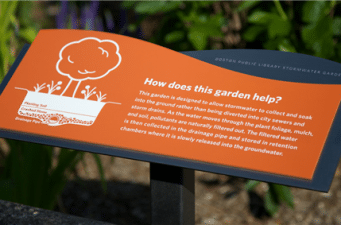
When the Boston Public Library wanted dramatic new exterior environmental graphics – including interpretive panels and engraved pavers – at its newest branch, in East Boston, they turned to the noted architectural firm, William Rawn Associates. Rawn, in turn, asked for consultative help from Arrowstreet. And when the time came to fabricate the designs, Rawn and Arrowstreet came to us. The East Boston Library is the newest branch library in the Boston Public Library system. Located in the middle of Bremen Street Park, the building features three entirely glass walls and soaring roof that allows in filtered light, helping to connect the new Library’s indoor resources with the Park’s natural outdoor elements. A new series of interpretive panels are located
Put An Improved Face On Your Business – The Benefits of Entry Awnings

In a typical building, the glass entry doors and any adjacent windows create more opportunity for unwanted energy loss (in winter) and gain (in summer) than any other structural element. During the summer, for example, a single square foot of unshaded glass can allow more energy into a building than an 8′ x 10′ insulated wall. That’s a big reason why, as we’ve noted here, designers and business- or building-owners are looking more frequently toward adding new entry awnings at key traffic and visibility locations. Once installed, high-quality awnings help limit the location’s energy gain and loss every day and night, and do this during their considerable service lifetime. As a result, their benefits work out to be extremely cost-effective.
New eBook on Signage Design
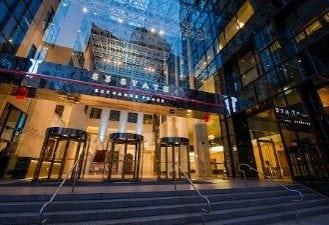
Much of what we do, of course, is all about sign fabrication, installation, and maintenance. But none if it would ever happen if it weren’t for our outstanding sign design department. Design is the crucial step in signage development that determines not only how much a sign costs, but how well it works. That’s why we give it as much time, attention, and expertise as we do. And that’s why we’ve put together an ebook to help you understand the key elements in sign design and – hopefully – to better appreciate the expert design skills and experience we bring to every project. It covers such important topics as: How to Design a Sign for Your Business Design a Sign
Plainridge Casino Opens With Metro Signage
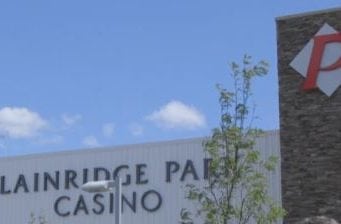
Plainridge Casino Opens With Metro Signage Plainville, MA, will never be the same. Not since Plainridge Park Casino formally opened its doors on a pleasant June morning in 2015, with a mission to provide entertainment and enjoyment for the hundreds of folks who were lined up at the door, and ultimately for tens of thousands more in and around Massachusetts. It’s the first casino to open for business since Massachusetts passed its expanded gaming law about four years ago. We can’t take all the credit, of course, but we did perform extensive work on the $250 million, 106,000-square-foot facility’s signage, owned and operated by Penn National Gaming. Plainridge Casino boasts 1,250 slot machines and electronic table games like blackjack, roulette,
Safety in Style
OK – for all of you in architectural design/development who understand the importance of OSHA Safety on various job sites, let’s just put it out there. Couldn’t the uniform be a bit more creative? I mean, the medical industry has a vast array of “scrubs” to choose from, and we’re left to our standard white construction hats, denim jeans, and tan-colored steel toe work boots. Well, being in the field of architectural design and creative design engineering, we just knew there must be a solution to help express our creativity and individuality on a job site without forgoing safety. After a bit of Googling, we found some pink Safety Girl Boots which meet OSHA Safety Code with the steel toe
Improving Logan Airport Customer Service
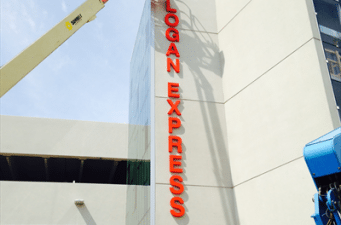
Improving Logan Airport Customer Service One key to keep airport travelers informed and moving efficiently is to provide them with real time information. That’s part of what’s happening now at Boston Logan International Airport, where new airport wayfinding, maps, and other signage will be displayed on digital signs in Terminal B and Terminal C arrival areas, as well as in the airport’s new Rental Car Center. The system will be supported by 27 curbside “countdown” signs that detail when ground transportation will next arrive. Digital signage has been or soon will be installed in the new Terminal B connector, as well as in Terminal E on the arrivals and departure level, baggage claim areas, and elsewhere. Some of the digital
5 Things You Probably Didn’t Know About Green Signage
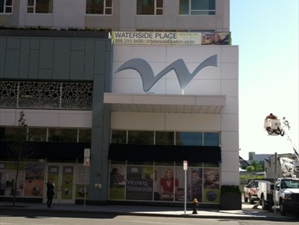
There’s a lot of talk about “green” these days because many firms are jockeying to position themselves as environmentally conscious and more “green” than their competitors. The signage industry can be a major partner in this effort. To help bring you up to speed, here are 5 things you probably don’t know about “green” signage: 1. Signage can help a facility gain LEED (the US Green Building Council’s “Leadership in Energy and Environmental Design”) certification. For example, interior signs crafted from certain materials can provide credits toward LEED certification. 2. Upgrades to signage can provide big environmental benefits at major savings, compared with total replacement. Refurbishing old signage saves money and eliminates the use of new material (that doesn’t have
New Supreme Court Ruling on Signage

The Supreme Court has been much in the news recently, but hardly any of the media noticed or reported on one if its decisions that could have profound impacts on the signage industry. Specifically, in the case: Reed v. Town of Gilbert (Ariz.), the Court ruled that limiting temporary directional signage more than other types of temporary signage is a violation of the First Amendment. The ruling was unanimous, but several of the Justices issued their own opinions regarding the meaning and extent of the ruling. As a result, it will probably take years for the legal community to sort out what the practical impact of this new ruling on the signage industry will be. Limitations on Temporary Directional Signage
Signage Quiz Number 4 in a Series
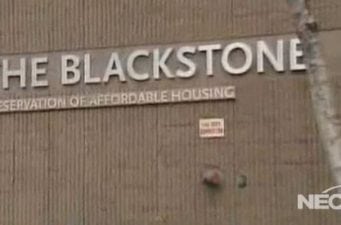
How much do you really know about signs and signage? Avid readers of this Metro Sign and Awning blog are probably near-experts in signs and signage, with a detailed understanding of signage technology and an encyclopedic knowledge of signage history. To see how much you know, here’s a quick quiz based on previous posts in this blog. How many answers can you get right? All the answers should be known to you, provided you’ve been reading this blog: Question 1: What many people don’t know about ADA signage is: a) The rules are all about putting Braille where blind people can read it. b) The rules are all about helping people with mobility problems. c) The rules are all about
Make Bold Statements With Dimensional Signage
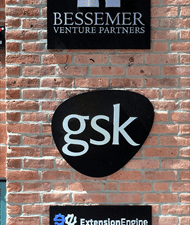
Make Bold Statements With Dimensional Signage Dimensional (also called “3-D”) signs are another powerful tool in our “signage expert” portfolio. Whether built for indoor or outdoor installation, these vivid, tactile signs can be custom fabricated in almost any shape, color, and size to help realize almost any design intention. Dimensional signage readily stands out from the visual background and has been shown to work very well for such signage applications as: Company Logos and Logotypes Building Identification and Numbering Directional and Wayfinding Signs Office and Lobby Branding While dimensional signs were once a relatively difficult and complex option, today, with our expert technicians overseeing our state-of-the-art, computer-controlled cutting equipment, we can quickly and accurately translate almost any design into dimensional
Categories
- ADA
- Architectural Signage
- Awnings and Canopies
- Branding
- Colleges and Universities
- Community
- COVID-19
- Curated Content
- Customer Spotlight
- Customers
- Deep
- Design/Build
- Digest
- Digital Signage
- Eco-Signage
- Electronic Message Centers (EMC)
- Enclosures
- Exterior Signage
- Fabrication
- Freestanding Signs
- Fun
- Functional Signage
- Green
- How Much Does a Sign Cost
- Industries
- Inside Metro
- Interior Signage
- Legacy
- Legacy-EA 2.0
- Metro Sign
- Metro Sign & Awning
- New England Signs
- Newsletters
- Original Posts
- Others
- Partners-Developers-Contractors
- Professional Signage Installation
- Publications
- Residential Signage
- Sign Design
- Sign Renovation
- Sign Types
- Sign Warranty
- Signage Regulations
- Signage ROI
- Signage Tips
- Vehicle Wrap
- Wayfinding
- Window and Door Graphics
Recent Posts
Tags
Copyright 2022 MetroSign and Awning, All rights reserved | Privacy Statement | Terms of Use
